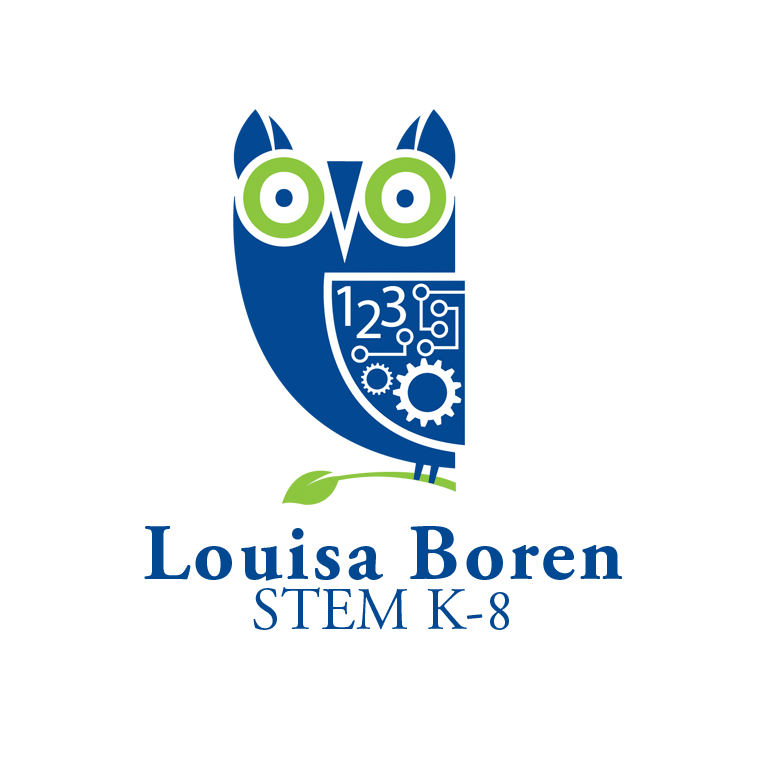Positive Discipline
Positive Discipline at Boren
Louisa Boren STEM K-8 is a Positive Discipline School. Positive Discipline works to develop mutually respectful relationships. Positive Discipline teaches adults to employ kindness and firmness at the same time, and is neither punitive nor permissive. The tools and concepts of Positive Discipline include:
- Mutual respect. Adults model firmness by respecting themselves and the needs of the situation, and kindness by respecting the needs of the child.
- Identifying the belief behind the behavior. Effective discipline recognizes the reasons kids do what they do and works to change those beliefs, rather than merely attempting to change behavior.
- Effective communication and problem solving skills.
- Discipline that teaches (and is neither permissive nor punitive).
- Focusing on solutions instead of punishment.
- Encouragement (instead of praise). Encouragement notices effort and improvement, not just success, and builds long-term self-esteem and empowerment..
Democratic Classrooms and Routines
Teachers use Positive Discipline techniques to create democratic classrooms where students actively participate in making decisions and solving problems together. A class meeting process helps students build community, discuss choices, and provide input into what happens in their classroom. Students learn to take responsibility and ownership of their educational experience.
Class meetings are also used to address concerns and student behavior issues. The meeting provides a safe and orderly system for students to talk about problems, describe how they are affected, and generate possible solutions. In the process, students learn self-control and problem solving skills, including listening, negotiation and empathy.
Democratic classrooms are built upon clearly-taught and well-practiced routines and procedures. Important procedures are developed and refined with student input, and then taught and rehearsed for excellence. Well taught and rehearsed routines help define a Positive Discipline classroom.
Addressing Student Behavior
Positive Discipline views student behavior as purposeful—children act to fulfill basic needs around belonging and significance. Behavior problems are seen as opportunities to teach students important life skills. When students misbehave, adults need to figure out why students are “acting out,” and teach them positive ways to meet their needs.
Behaviors that are unsafe or interfere with learning need firm responses that also create opportunities for reconnection, listening, problem solving and student growth. Strategies such as taking a positive time out, using a problem solving wheel, engaging in a class meeting, or making an agreement are common practices to problem-solve, and implement solutions.
Coaching helps students to identify the needs or goals that motivate their behavior, and empower them to make better choices.
